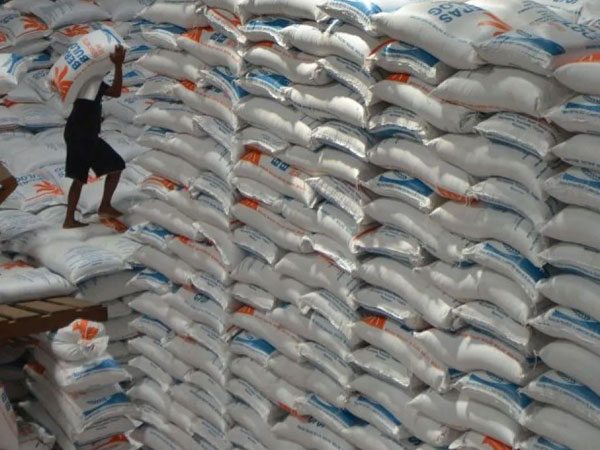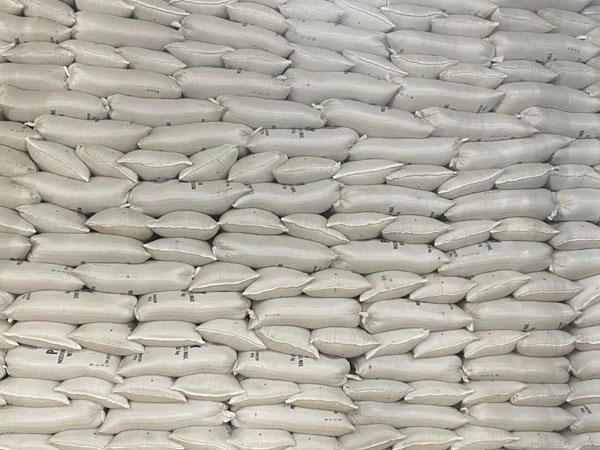The agricultural damage caused by recent typhoons and the southwest monsoon soared to over P7 billion, the Department of Agriculture (DA) said.
In its final report on the damage inflicted by the combined effects of the southwest monsoon and typhoons Mirasol, Nando, and Opong, the DA noted that the losses incurred by 268,077 farmers and fisherfolk have reached P7.71 billion.
The agency noted that the volume of production damage across 13 regions reached 472,701 metric tons (MT).
Rice sustained the majority of the damage at 354,831 MT. Also destroyed were high-value crops (72,699 MT), corn (44,725 MT), and cassava (372 MT).
The report indicated the value of production losses amounted to P4.87 billion for rice; P1.96 billion, high-value crops; P655.45 million, corn; P76.98 million, livestock and poultry; P47.73 million, fisheries and aquatic resources; and P13.81 million, cassava.
Damages to irrigation facilities, agriculture infrastructure and farm equipment were valued at P45.15 million, P30.58 million, and P1.76 million, respectively.
The DA said 205,016 hectares of agricultural lands were affected by the storms and habagat. Of these, 173,299 hectares have a chance to recover.
The agency said it has allocated P1 billion in agricultural inputs, including rice, corn, and vegetable seeds, to help those affected by typhoons. Drugs and biologics for livestock and fish stocks from its regional field offices were also included.
The DA noted that it offers loans of up to P25,000 through the Survival and Recovery loan program of the Agricultural Credit Policy Council (ACPC). These loans come with a three-year repayment term, interest-free.
It also said that an amount of P786.9 million for the indemnification for 86,959 insured affected farmers and fisherfolk would also be released through the Philippine Crop Insurance Corp. (PCIC).
Earlier, the DA scaled back its palay output forecast this year to 20.3 million metric tons (MMT) on the back of torrential downpours. This is lower than its initial projection of 20.45 MMT.
The agency also noted that erratic weather patterns could further push down expected paddy rice output in 2025 to as low as 20.09 MMT. If realized, however, the projected range would still be higher than the record 20.06 MMT in 2023.
Despite such adjustment, the DA said it remains hopeful following the all-time high output of 9.08 MMT in the first semester.
Historically, the second half of the year accounts for over 55 percent of total rice production.














© Copyright 2025 The SSResource Media.
All rights reserved.